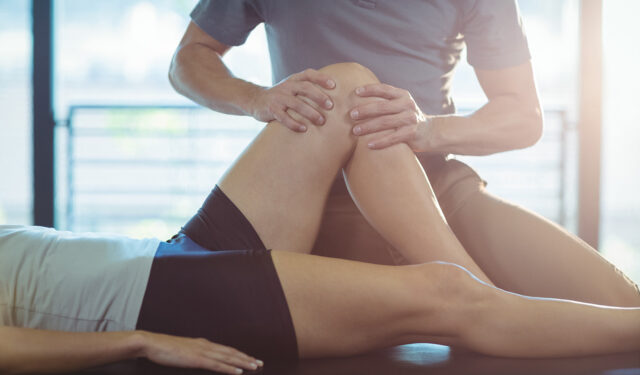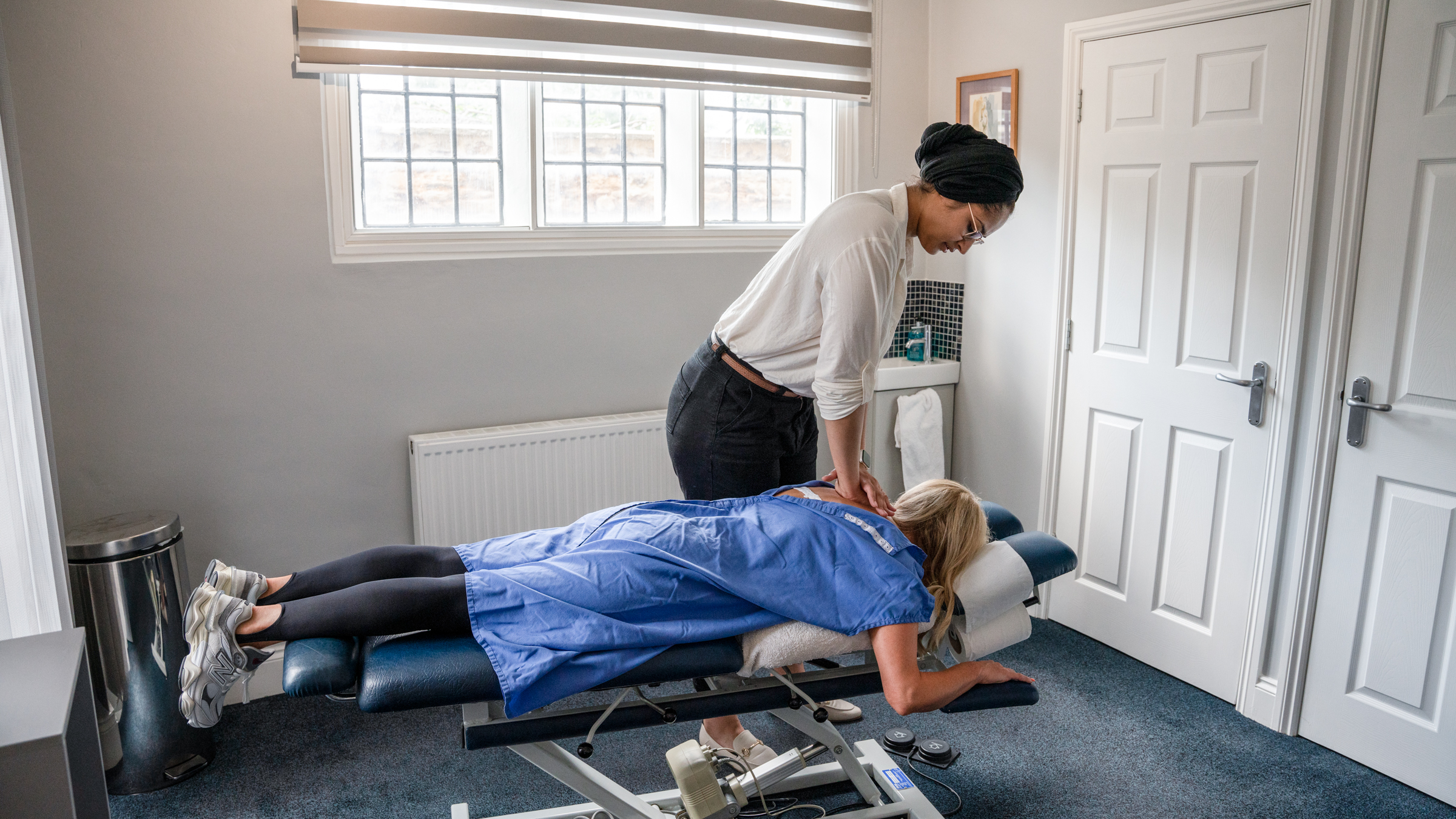Pain on the outer part of the knee, especially with gradual onset
Discomfort that worsens when running or walking downhill
Pain during knee flexion or extension
Relief with rest
Tenderness or trigger points in the gluteal muscles
Sometimes associated hip pain due to greater trochanteric bursitis
What Increases the Risk?
Certain physical conditions and movement patterns can predispose someone to ITBS, including:
Foot pronation (collapsed arches)
Pelvic or spinal dysfunction
Weak or tight gluteus medius, quadriceps, or hamstrings
Overactive or tight adductor muscles
Being bow-legged
Regularly running on curved or oval tracks
These issues can create imbalances that overwork the TFL and strain the ITB.
Chiropractic Approach to Treating ITBS
1. Full Biomechanical Assessment
Chiropractors start by assessing the pelvis, spine, and feet. Dysfunction in the sacroiliac joints or lumbar spine can inhibit gluteal muscle activity due to nerve interference, which often goes unnoticed. As a result, many people don’t find relief from typical rehab and soft tissue treatments because the root cause remains unaddressed.
2. Foot and Gait Evaluation
Foot mechanics are also evaluated. If overpronation is found, chiropractors may recommend custom orthotics and perform adjustments to the foot joints. Rehabilitation exercises for the feet follow, helping restore normal movement patterns.
Hands-On Treatment for Lasting Relief
In addition to adjustments, chiropractors apply various soft tissue therapies, such as:
Deep friction massage
Myofascial release
Dry needling
Ultrasound, laser, or interferential therapy
These methods help release tight muscles and fascia, reduce inflammation, and speed up healing.
Rehabilitation and Long-Term Prevention
Once symptoms begin to improve, it’s important to follow a rehabilitation program. Chiropractors focus on restoring core stability, strengthening weak muscles, and improving joint mobility. Long-term strategies help prevent the problem from returning and allow patients to return to running and other activities safely.
Final Thoughts
Iliotibial Band Syndrome can significantly impact your mobility and performance. However, with a thorough chiropractic approach—addressing not just the symptoms but the underlying causes—you can recover more effectively and prevent recurrence.
If you’re struggling with outer knee pain, especially during activity, consider a full assessment to determine whether ITBS is the cause and begin a targeted treatment plan.

